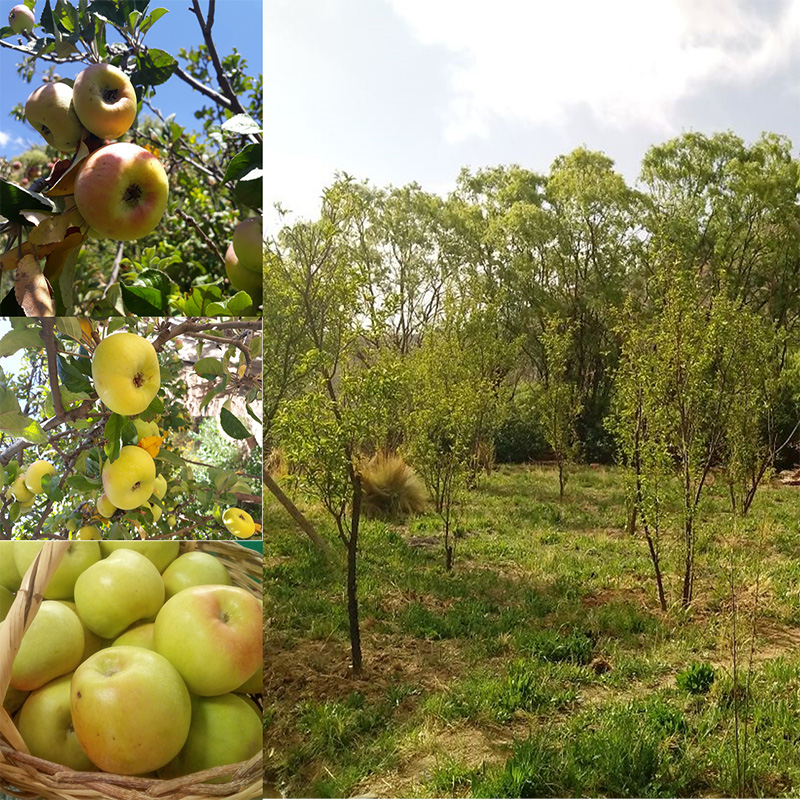The apples in Ocumazo (Jujuy, Argentina) as part of the diversity of traditional crops: uses and perceptions
DOI:
https://doi.org/10.31055/1851.2372.v54.n3.25368Keywords:
Biocultural, ethnobotanical diversity, fruit trees of La Quebrada.Abstract
Background and aims: The introduction of the Euroasiatic fruit trees from the Rosacea’s botanical family in northwestern Argentina during the Colonial period, gave rise to processes of cultural selection and diversification, being recognized as their own crops by the local communities that inhabit the Quebrada de Humahuaca. The objective of this work is to present the diversity of ethno-varieties "apple" (Malus domestica), their uses and the locally perceived attributes that are used for their differentiation in the community of Ocumazo (Department of Humahuaca, Jujuy, Argentine).
M&M: The ethnobotanical methodology, mainly qualitative, is what allowed the development of this work, which was carried out between 2016-2018.
Results: The producers interviewed (28) establish the presence of (15) ethno-varieties of "apples" used in food and for the production of products often marketed locally. The fruit is the main vegetal organ cited to define the criteria or cultural descriptors used for the differentiation of the ethno-varieties.
Conclusion: The use, the way of selection, conservation, its consideration as part of the diversity of "Andean fruits" and the presence in different religious and celebration instances, define the relevant role of this crop of Eurasian origin for the local population, which allows to promote the conservation of main economic activities such as agriculture and its food autonomy.
Downloads

Published
How to Cite
Issue
Section
License
Provides immediate and free OPEN ACCESS to its content under the principle of making research freely available to the public, which fosters a greater exchange of global knowledge, allowing authors to maintain their copyright without restrictions.
Material published in Bol. Soc. Argent. Bot. is distributed under a Creative Commons Attribution-NonCommercial-ShareAlike 4.0 International license.








